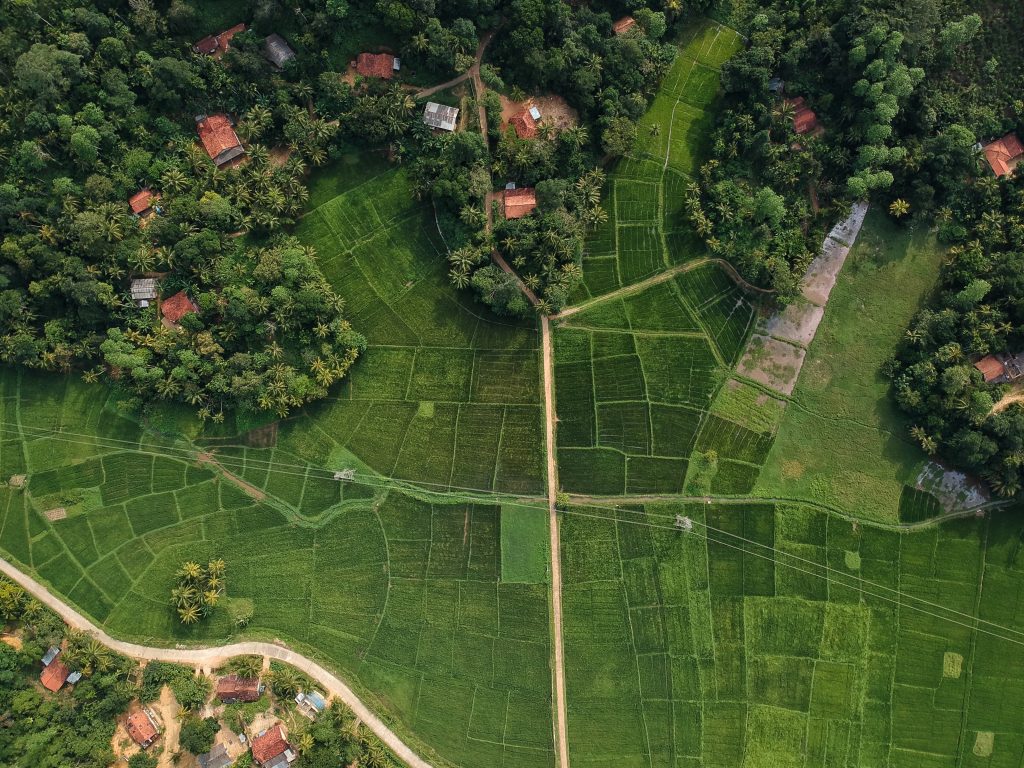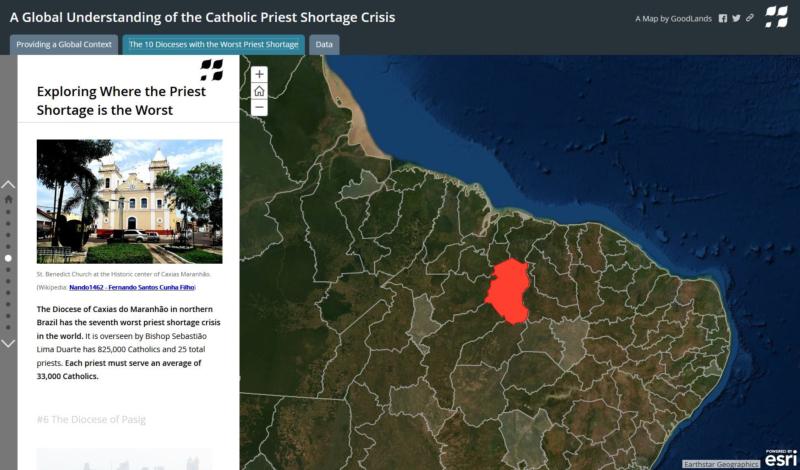This Land Is Our Land

I love Molly Burhans’ story as told in the February 8 issue of The New Yorker (titled “Promised Land” by David Owen) because it shows, once again, what women, if they assume leadership in the Church, can do. I also love that she is a young Catholic woman with all the energy, hope – and skillset – that brings forth. And she is not only capturing the attention of none other than Catholic Church hierarchy with her vision but dazzling them (well, some of them) by how she could make that vision reality.
The article’s author describes her as both a devoted Catholic and environmental activist who, at an even younger age, began “to think of ways in which the Catholic Church could be mobilized as a global environmental force.” Her focus was on the enormous land holdings of the worldwide Church, probably the largest non-state landowner in the world. Molly Burhans asked: What if these lands could be used for environmental purposes, responsibly and sustainably managed, protecting the lives of those already devastated by climate change and preventing future devastation as well? The author himself even took her question a step further: “What if desecration of the environment were a mortal sin? Could faith accomplish what science and politics have not?”
As it turned out, Molly Burhans actually wanted to combine all three. When Laudato Si came out, she saw it as one of the most critically important documents of the age, and she eagerly began to research the environmental mechanisms and networks the Church itself had in place to achieve its goals. There were none. There were many small environmental Catholic groups but no central organization nor overall plan. In fact, to her surprise and shock, she discovered the Church had no idea of the extent of its own land holdings, let alone their current uses and future possibilities.
As a woman gifted with abundant vision, expertise, and leadership, four weeks after Laudato Si came out, she created “GoodLands” an organization with the goal of “mobilizing the Catholic Church to use her land for good.” Fortunately, she had already mastered the use of the instrument the Church desperately needed to get started: the cartographic and data-management tools known as geographic information systems (G.I.S.) – which are, incidentally, the powerful tools the world is using now to map and manage coronavirus outbreaks and vaccine distributions.
Mapping of the land holdings was crucial, and yet, except for some local charting, there was no comprehensive overview picture of all Church owned lands. In fact, when she first asked for what maps they did have, a Vatican official gestured to an early 16th Century map of the world fresco she had passed in the hallway of the Apostolic Palace when she visited. Another one of the “better” resources she found was an enormous three volume atlas of Catholic dioceses from 1858!
Hanging above her desk now at GoodLands is the first complete map made of the Church’s jurisdictional areas. With the new information about holdings, refined and re-refined by G.I.S., the Church leaders, she said, could understand what they controlled and “collaborate with municipalities, government agencies, environmental N.G.O.s, and others…The role of the cartographer isn’t just data analysis; she explained, “it’s also storytelling.” Her hope, and that of so many of us, is that the Church will now lead not just by words but by example, transforming the lands they now know about and can see they have into a model for environmental sustenance, feeding the world in every sense.
I think you can see the other positive step forward for those of us who work for women’s leadership in the Church and affirmation of the vision and gifts of all genders. Molly Burhans was actually heard – and her message respected – at the highest levels. She was invited to meet first with high Church officials to outline her idea; given access to the Vatican’s records and databases, invited to two Vatican conferences; informally explained her mission to various cardinals who dubbed her the “Map Lady”, and ultimately met directly with the Pope to describe the whole project. Not only was he interested, but she was rewarded with his follow up proposal to establish a trial Vatican cartography institute with her as its head.
And then came COVID and the big pause. Italy and the Vatican were in quarantine; she contracted a long hauler case of the virus herself on her way back home from there last March; Church funds took a hit. But she and Vatican officials are still communicating, and the future looks promising.
Molly Burhans has two tattoos. The author describes them in detail: “one, on her forearm, of a bicycle with three wheels arranged in a triangle (symbolizing her interest in both the Holy Trinity and low-carbon transportation), and one, on her right shoulder, of the third line of Whitman’s “Song of Myself” – ‘for every atom belonging to me as good belongs to you.’”
In his book Earth Keeper: Reflections on the American Land, N. Scott Momaday reminds us, “the earth does not want shame. It wants love.” Even further, he says, it wants us to marvel at what is still so beautiful and so heartbreakingly worth saving and then, and only then, to “strive with all (our) strength to give that sense of wonder to those who will come after.”
Molly Burhans is not only one who has come after us, she has come forth, and we celebrate.


4 Responses
Wow, Ellie. What a writer you are. I need to get this out to the climate change groups I’m involved in.
This is so good, Ellie. I wondered what her skillset was going to be — and mapping is perfect for really understanding how to make environmental change.
This is such a hopeful post, Ellie! I had never heard of Molly Burhans and the Goodlands of the church. I will pray for her full recovery from Covid, and that her project is continued so that.her vision of the church leading the world in sustainable, healthy, accountable land use is actualized and advertised. Thank you!
A very encouraging article.
Better than defining ‘desecration’ as a sin, however, would be to promote positive action for the environment as virtue, expressing worship of God and loving care for one’s neighbor in the widest sense.